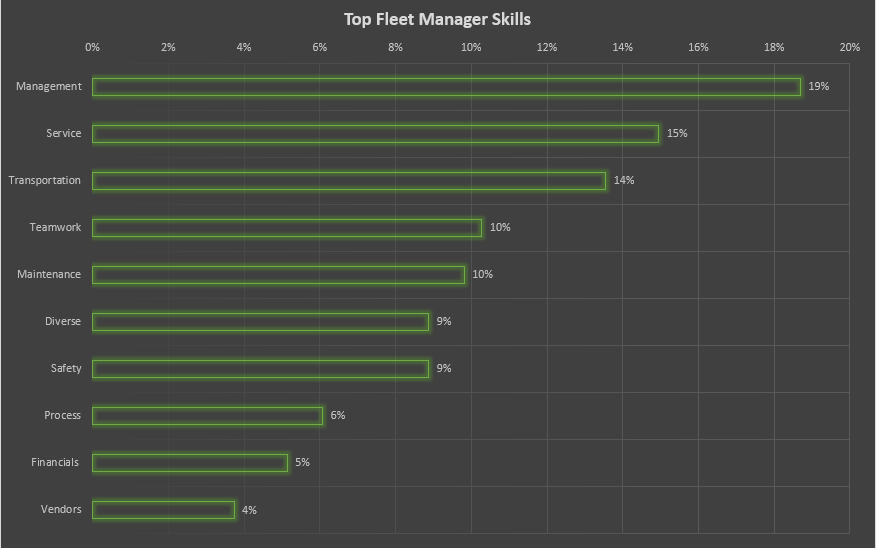Just like in any industry, even some of the largest transportation companies encounter turnover. However, in recent years the discussion of employee turnover and the need to counter it has grown due to increasing rates. In 2019, it was reported that in the third quarter, large U.S. fleets saw driver turnover increase by 9% to reach 96%. With such high rates, it shows that fleets must work even harder to encourage employee growth and encourage drivers to stay. Recently, fleets of various sizes are starting to look at how telematics and new technology can help combat high driver turnover.
Telematics Solutions To Reduce High Driver Turnover
With job expectations changing and technology advancing, many have found that telematics could be a solution to combating high driver turnover.
Focusing On Optimization And Task Streamlining
When looking at the transportation industry and the need to reduce employee turnover, it’s important to use new technology to make work more efficient or enjoyable for drivers. One way this is being approached is by employers who are utilizing technology to their advantage. Specifically by implementing and introducing tools to increase productivity and simplify tasks.
For example, using management and automation solutions to reduce much of the repetitive or administrative tasks that drivers must complete. This can be seen through electronic logging devices (ELDs) like the Geotab Drive ELD that automatically records and produces logs about driving history or even solutions like ZenduWork that quickly optimizes dispatching routes and allows for work orders to be completed electronically. When tasks are simple to complete, many drivers could begin to feel efficient and happy with fewer challenges to overcome.
Focusing On Training And Support
Another approach to combating driver turnover is maintaining a workplace that focuses on boosting employee skills. Specifically by ensuring that drivers will always be provided with new training opportunities and coaching support to ensure they’re driving safely. When this option is available many drivers can feel a sense of connection and positive morale as they see their employer wanting to help them succeed! Thus, prompting a satisfied (and more skilled) workforce! This is seen by implementing software solutions such as ZenScore, an interactive training dashboard that encourages safe and efficient driving habits throughout fleets. The solution allows fleet managers to not only create and set up training modules to boost skill and learning but can act as a tool for measuring KPIs and productivity automatically and electronically.
Focusing On Rewards And Culture
The final approach that many fleets are taking to attempt to reduce driver turnover is offering rewards and maintaining a positive workplace culture. As many drivers can be on the road alone for hours or even days, it’s important to keep their work morale high! Forgoing this may result in drivers feeling disconnected, unmotivated or even unwilling to stay with the company. To help combat each of these issues, some fleet managers are doing the following:
- Measuring KPIs and coordinating friendly competitions that offer rewards to those who meet and excel past set criteria. For example, holding weekly or monthly contests that reward the driver who speeds the least.
- Offering additional paid time-off, increased pay wages or gift card bonuses for drivers who are going above and beyond driving expectations. For example, rewarding the safest driver each quarter with some sort of incentive.
- Encouraging social connection and positive culture with drivers on the road by organizing company events so they feel part of a team.
For many fleet managers, they could be feeling pressure to change their workplace in order to try to combat any high driver turnover that they may be facing. In times like this, it’s critical to implement the right processes and procedures to keep drivers happy, productive and satisfied with their current position. As you have read, in some circumstances technological solutions can help with this. If you’re interested in learning how certain telematics solutions such as electronic logging devices, ZenScore, or ZenduWork may be able to positively influence your fleet, contact us today!








